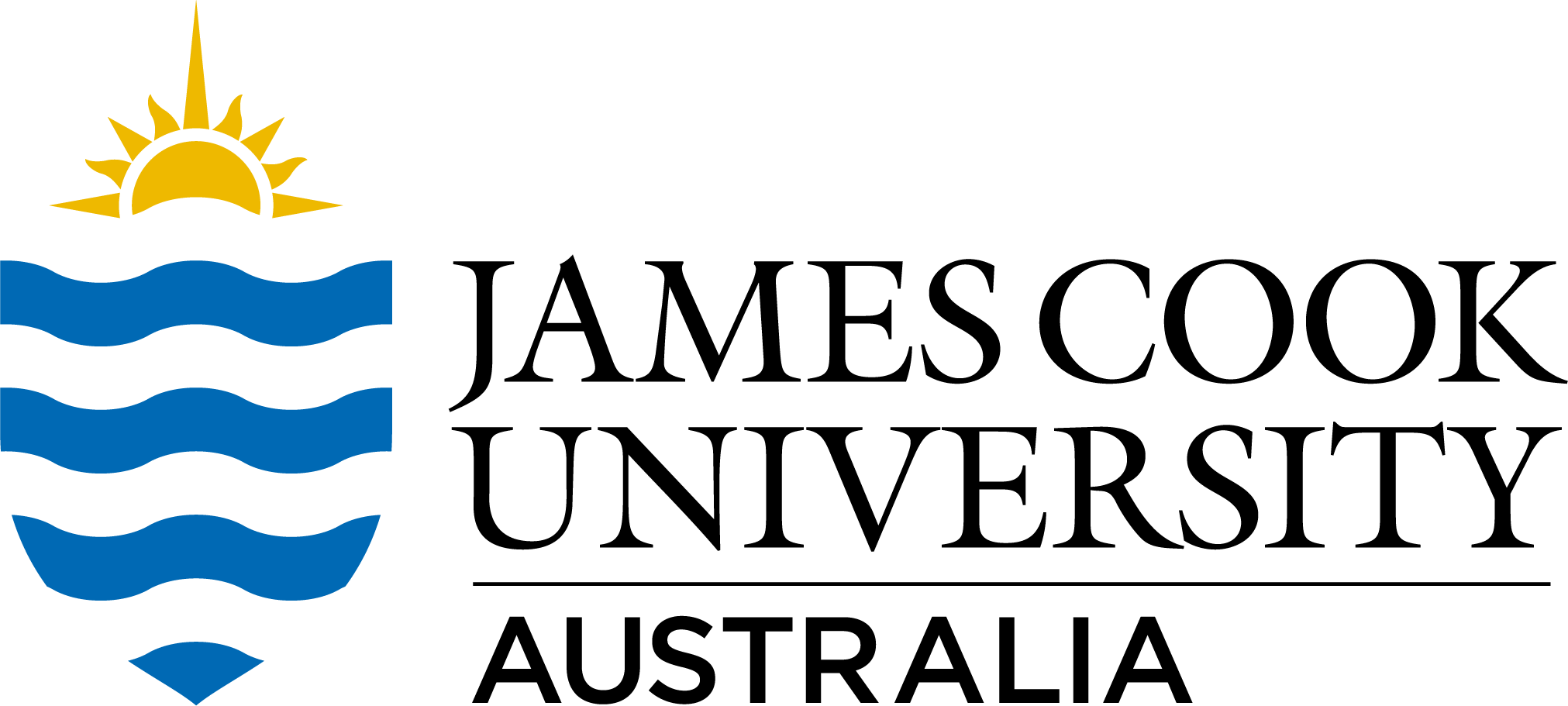Full description
Abstract [Related Publication]: Marine ectotherms are often sensitive to thermal stress, and certain life stages can be particularly vulnerable (e.g., larvae or spawners). In this study, we investigated the critical thermal maxima (CTmax) of larval and early juvenile life stages of three tropical marine fishes (Acanthochromis polyacanthus, Amphiprion melanopus, and Lates calcarifer). We tested for potential effects of developmental acclimation, life stage, and experimental heating rates, and we measured metabolic enzyme activities from aerobic (citrate synthase, CS) and anaerobic pathways (lactate dehydrogenase, LDH). A slightly elevated rearing temperature neither influenced CTmax nor CS activity, which otherwise could have indicated thermal acclimation. However, we found CTmax to either remain stable (Acanthrochromis polyacanthus) or increase with body mass during early ontogeny (Amphiprion melanopus and Lates calcarifer). In all three species, faster heating rates lead to higher CTmax. Acute temperature stress did not change CS or LDH activities, suggesting that overall aerobic and anaerobic metabolism remained stable. Lates calcarifer, a catadromous species that migrates from oceanic to riverine habitats upon metamorphosis, had higher CTmax than the two coral reef fish species. We highlight that, for obtaining conservative estimates of a fish species’ upper thermal limits, several developmental stages and body mass ranges should be examined. Moreover, upper thermal limits should be assessed using standardized heating rates. This will not only benefit comparative approaches but also aid in assessing geographic (re-) distributions and climate change sensitivity of marine fishes.
This dataset consists of a comma-separated value (.csv) file. The datasheet includes variable labels and descriptions.
Notes
This dataset was originally published on Dryad and should be cited as: Illing, Björn; Downie, Adam T.; Beghin, Mahaut; Rummer, Jodie L. (2020), Critical thermal maxima of early life stages of three tropical fishes: effects of rearing temperature and experimental heating rate, Dryad, Dataset, https://doi.org/10.5061/dryad.z8w9ghx7zCreated: 2021-02-25
User Contributed Tags
Login to tag this record with meaningful keywords to make it easier to discover
- Local : researchdata.jcu.edu.au//published/3cd25aa3003bc8de0e98227e9d2835f8


